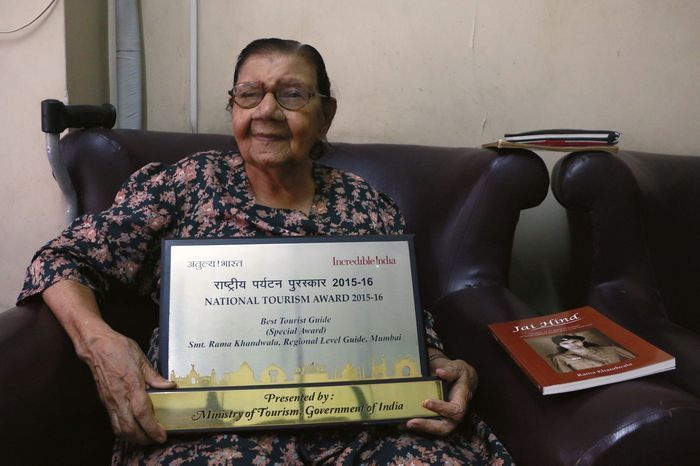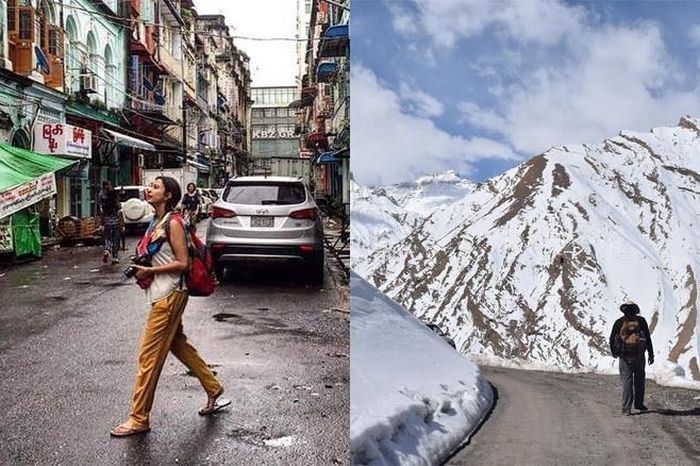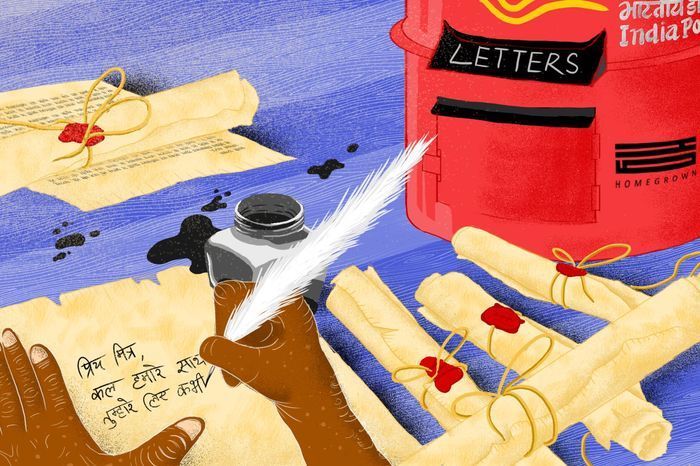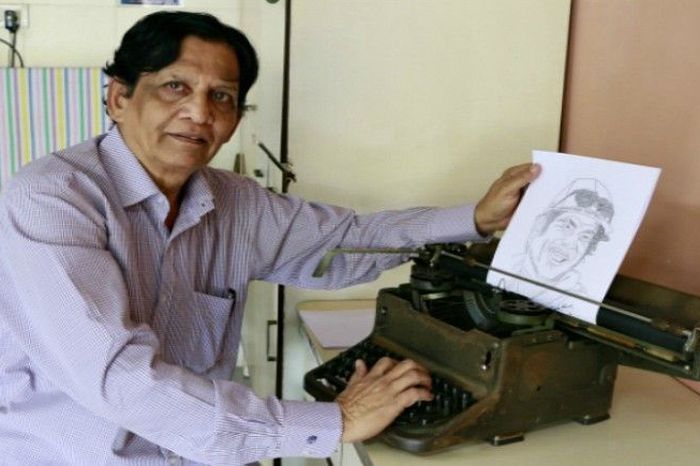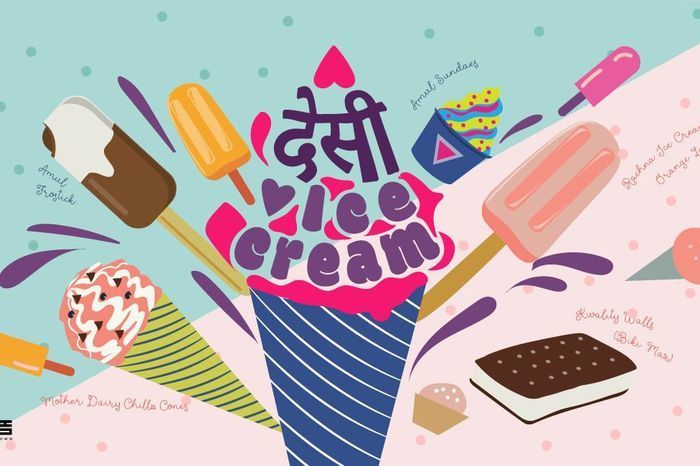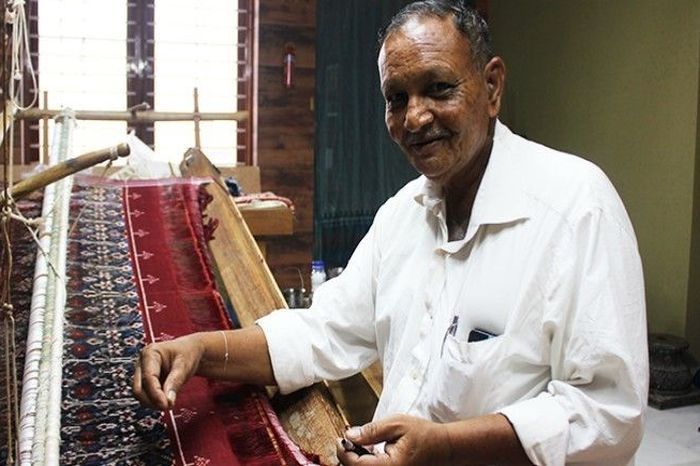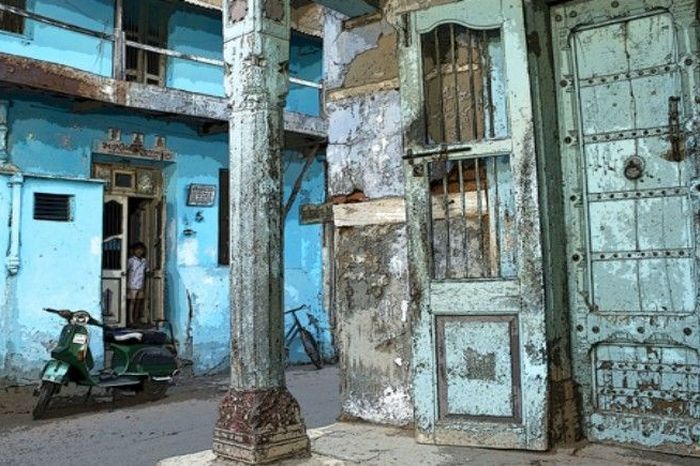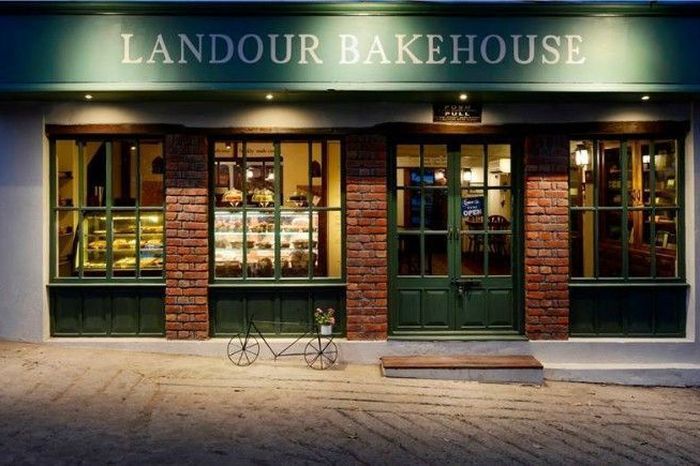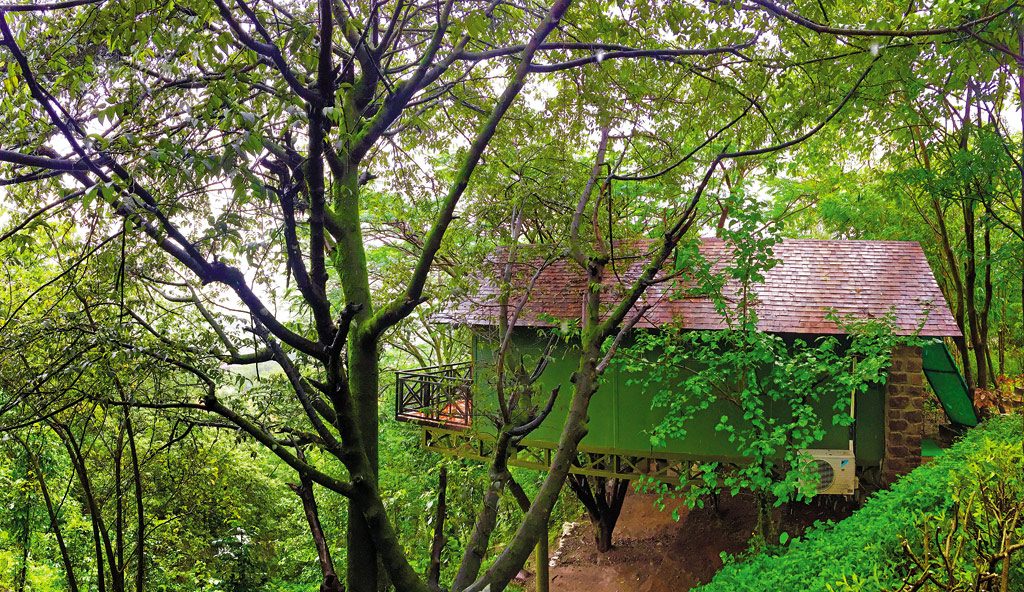Meet India’s Oldest Tour Guide & Former Freedom Fighter, Rama Khandwala – Homegrown
“I have so many stories, where do I even begin,” laughs Rama Khandwala heartily as she throws her head back. The 91-year-old is India’s oldest tour guide and a former freedom fighter, with a razor sharp memory and fitness level that will make today’s millennials cringe.
‘Shit Happens’ – The Ugly Side Of Solo Travel – Homegrown
One Sunday morning when all my friends were busy and I had nothing to do, I impulsively took a train set off for the nearest hill station, yearning for ‘somewhere else’. I was quite sure that I had sufficient cash in my wallet and a decent amount of it in my account, thus I ended up splurging a little bit (okay, a lot) buying local delicacies and handicrafts for my friends.
The Last Letter Writers Of Mumbai – Homegrown
The first time I saw Chauhan Uncle he was sitting on a tiny stool at a busy traffic junction right in front of the General Post Office outside CST, Mumbai. Dressed in plain black pants and a blue formal shirt, his wrinkled face and sad eyes told many stories yet his lips remained sealed. A ballpoint pen peaked from his chest pocket. “Kya aap khat likhte hain (Do you write letters)?” I asked him since the watchman at the GPO had directed me here. He looked at me in bewilderment and then laughed sarcastically. “Who writes letters today,” he said snidely and walked off. I meandered in the area for several minutes asking people at random about letter writers. Strangely, they all pointed back to Chauhan Uncle. I walked back to him, reframing my question. “Kya aap khat likhte the (Did you ever write letters) ?” I asked. He nodded slowly.
One Unlikely Mumbai Artist ‘Draws’ Portraits With His Typewriter – Homegrown
The year is 1967. It is another typical day for Mr. Chandrakant Bhide. He has stepped out of his small cozy apartment in Dadar West and is headed to work through the busy streets of Bombay. Working in the clerical department of The Union Bank for the last several years, he is a sincere and a dedicated member of the workforce.
Amul, Naturals & Pabbas: My Love Affair With Desi Ice-Cream – Homegrown
I still remember the day vividly. My younger brother, all of 5, had just thrown a half-eaten orange ice lolly from our car window onto a stranger outside. The events that followed next play out in my head in slow motion.
One Family’s Struggle To Keep A Regional Saree Tradition Alive – Homegrown
I was standing amidst the massive subterranean structure of Rani-Ki-Vav (Queen’s Stepwell) in Patan, Gujarat when I first noticed it. My eyes were lingering through the 500 principle structures and over a thousand minor ones of the human figurines, gods and goddesses carved on this World Heritage Site, when suddenly they got fixated upon unique but familiar abstract designs sculpted on the musty wall panels. These were geometric patterns and shapes carved very intricately, one inside the other. I was intrigued. Most of the carvings on the walls of the 7 storied Rani-Ki-Vav were religious and mythological in nature and we had been told the significance of most of these. But these abstract patterns were something I could not decipher.
Inside ‘The Pols’ – Ahmedabad’s Forgotten Housing Cluster – Homegrown
The sun splinters through the rims of the French balcony, subtly lighting up the meandering lanes beneath. The windows, half broken creak, but the dusty wooden doors remain locked. The chabutro (bird feeder) in the courtyard awaits its first flock, and the walls in red, yellow, blue, and green, become a shade richer, as the dawn slowly casts its magic.
A Mussoorie Bakehouse Uses Century-Old Recipes From The British Era – Homegrown
It’s a warm winter afternoon at Landour; the quaint little hill station near Mussoorie. The year is 1930 and Mrs. Lucas, wife of the pastor of Kellogg Church is getting ready to attend the reading club; something she started with Mrs. Irene Parker, the wife of Allen Parker, principal of Woodstock School, some 10 years ago.
Dining at the World’s Oldest Restaurant: Sobrino de Botin – Travel & Leisure
IF YOU’RE A FAN OF ERNEST HEMINGWAY AND HAVE READ ‘THE SUN ALSO RISES’, YOU’D PROBABLY REMEMBER A CERTAIN SOBRINO DE BOTIN IN MADRID THAT HE REFERRED TO IN THE BOOK. SPAIN WAS ONE OF HEMINGWAY’S MOST FAVOURITE PLACES
Maharashtra: Holiday by the Lake – Outlook Traveller
Huge cobbled steps lined with trees, a wooden bridge arching over a pond, a wishing well on a grassy patch—is this what the stairway to heaven looked like
